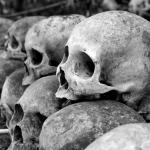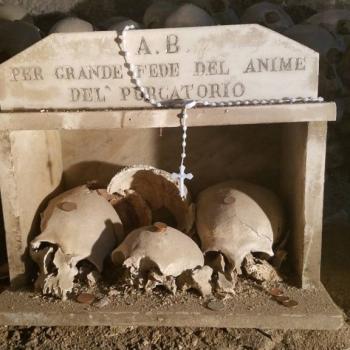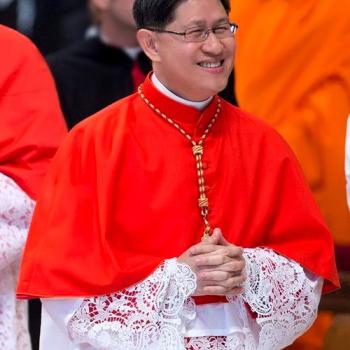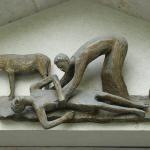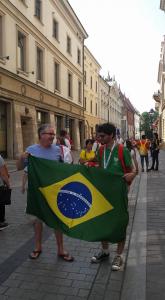
I began my academic career as a specialist in religion in Brazil and authored the first book in English on the Pentecostal boom in the country that is now home to the largest Pentecostal population on earth. That Brazil is also home to the largest Catholic population on earth, in addition to the second largest overall Christian community, after the U.S., makes the Latin American giant the epicenter of global Christianity. In the following radio interview with NPR’s Interfaith Voices I discuss the contours of the rapidly shifting religious landscape of Brazil.
Amber Khan – Like most of Latin America, Brazil has been strongly associated with the Catholic Church since its colonial occupation by Portugal in the 1500s. Things began to change though in the late 19th century with Brazil declaring independence from the Portuguese and the Catholic Church as the state religion. Then in 1888 the right to religious freedom was enshrined in its federal constitution, which also banned the establishment of state churches, and it gave a boost to that pluralistic trend. The result has been an explosion of Protestantism in a relatively short amount of time. And recently the world’s fifth largest and most populated country passed a critical milestone.
Chesnut – The big news on the religious landscape just over the last year is despite having the largest Catholic population on earth, Brazil is no longer Catholic majority.
Khan – That’s Andrew Chesnut, a Professor of Religious Studies at Virginia Commonwealth University and the author of Born Again in Brazil: The Pentecostal Boom and the Pathogens of Poverty. He joins me to explain how Brazil’s religious make-up is changing and why.
Chesnut – The latest polling data in Brazil has only 50 percent of the Brazilian population Catholic. Almost a quarter are Protestants, the great majority of the Protestants are Pentecostal. New Age groups thrive, particularly in the nation’s capital of Brasilia. We probably also have about 3 to 4 percent who belong to the Afro-Brazilian religions, most importantly Umbanda and Candomble’. The African religions come over with the African slaves. Brazil received more African slaves by far than any other country in the Western Hemisphere. And another big shift on the Brazilian religious landscape is the rapid rise of the Religious Nones, those who have no particular institutional religious affiliation. The latest polling data show about 14 percent of Brazilians are Religious Nones and that number is significantly higher among Millennials.
Khan – You’re describing a shift between the 1950s and today, not that long a time, you know, two generations. What do you ascribe or what do you credit with the shift that you see taking place in Brazil?
To listen to the entire radio interview on Interfaith Voices, click here and go to minute 9 of the full show, God and Government: Brazil beyond Catholicism.


